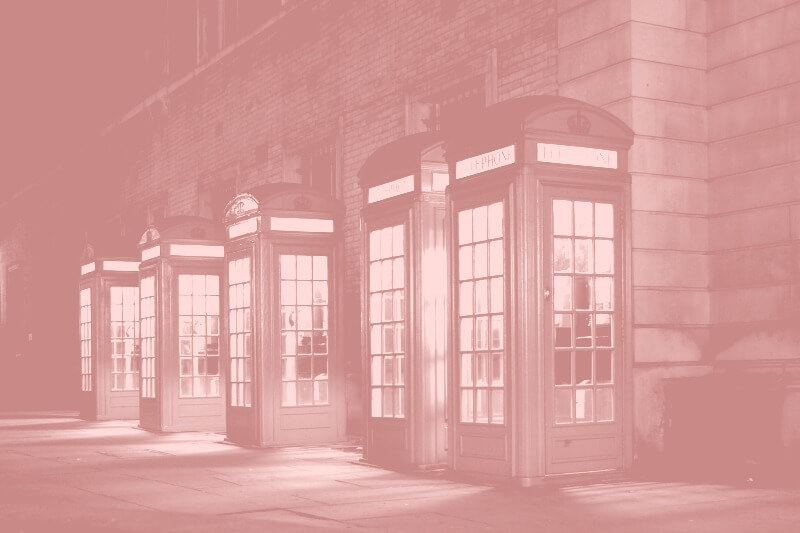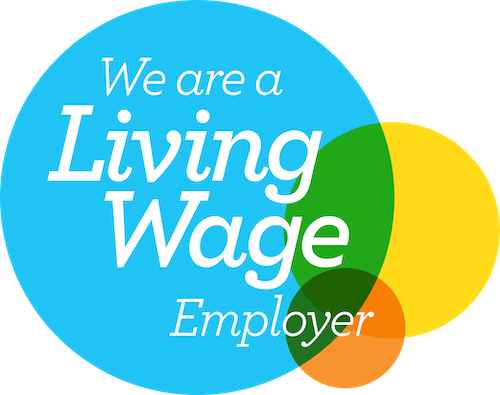Another click-baity, reductive headline, I know. But hey, I need people like you to visit my website. Today we’re going to talk about one of the absolute basics of content hierarchy, website menus – otherwise known as the navigation – and why yours could probably be a lot more effective.
Content hierarchy is a fancy-ish way of describing how you structure the information on a website to get a desired outcome or goal from your visitors. This could be a checkout completion, a contact form submission, or communication of important information like opening hours and location.
Your primary navigation (you might call this a main menu) is the biggest influencer in how your visitors should move around your website, and so needs careful consideration to make sure it’s working as hard as possible to reach your website goal.
So here’s a list of mistakes you’re making, and how to fix them.

1. Ditch the Home link
I’m actually starting with a pretty controversial point, so I’m expecting a few website and UX (user experience) designers to be internally kicking off at this one. But here’s my tuppence:
If a visitor is returning to your homepage after navigating a few pages on your site, chances are they’ve gotten lost. If they’ve gotten lost, they’re not having a good time and are less likely to complete a goal.
So, you’ve already failed.
Adding a ‘home’ link to a navigation feels like admission of defeat, and is telling visitors that actually they have missed something very important on the first page. A good homepage should be directing your visitors to the relevant inner page with as little friction as possible, so why are you trying to send them back to the beginning of their journey? Stop it.
Logos linking back to the homepage are well understood to provide a link back to a homepage, and should suffice for visitors who genuinely need some information from your home page.
2. Quit being so vain, this website isn’t about you
Imma be real now. Nobody cares about you.
I have a personal beef with ‘About Us’ pages. A brief, poorly written biography is rarely the difference between a goal completion and failure. Knowing where you went to uni doesn’t help a visitor find your shop’s opening hours, seeing that you can write CSS won’t convince me to buy a t-shirt, and yes, it’s nice that you spent a year teaching Mandarin to children in Cameroon, but that doesn’t make me want to employ you for my next copywriting job.
The about page can be a useful way for small businesses to communicate their smallness, I guess, but is it really deserving of some of the most valuable space on your website? No!
The same for galleries (which I hate on a whole other level) and blogs that are only interesting to you or people who already work for you.
Be brutal with your primary navigation, cut everything that won’t directly help you reach your goal and chuck the rest in your website footer or top bar menu.

3. Focus on the important stuff
Not every website should have the same navigation, as they don’t all have the same goal. Sure, learn from competitors and successful similar brands – but always have in mind what you want from your visitors, and what they need from you.
If your primary goal is to get people to a physical location, then including Hours & Location in your primary navigation is a good idea, as well as having this information on your homepage.
If you’re a service-based business, you want to make it as easy as pie for visitors to give you some data. Have a big ol’ link to your contact page, and make alternative contact methods super easy to find.
Sure, dicks like ASOS and Facebook make it nearly impossible for you to actually speak to a human being – but you’re lovely. Chuck your phone number, email address and yes, a contact form, all over the place so it couldn’t be easier to start a conversation.
If you are selling online, then you want to get visitors to the right product as quickly as possible. Instead of a generic ‘shop’ link, dedicate your entire navigation to product categories that immediately allow potential customers to filter their choices and reach the checkout in fewer steps.
So yes, your website menu is probably losing you sales, but it’s not that hard to fix. Put in place these 3 quick fixes and get your visitors to convert just a little easier.























